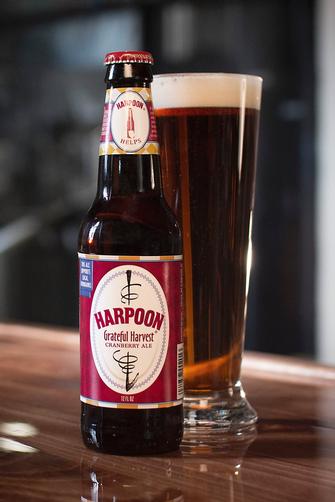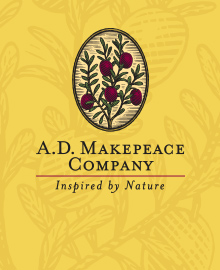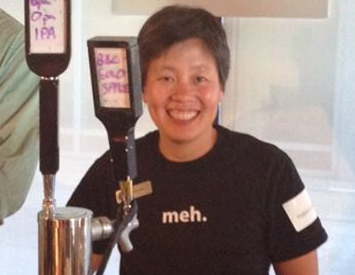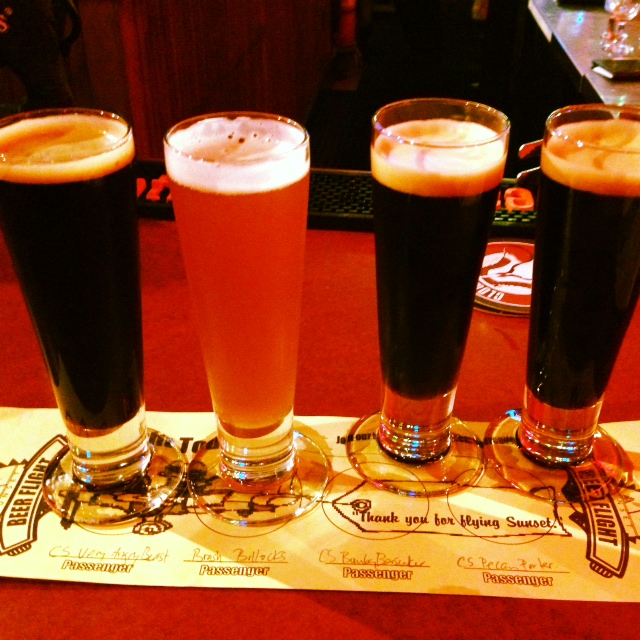By Amy Tindell
Over the holiday, my parents brought me to a 97 year old Colorado Springs elementary school building in order to explore an 18 year old brewery. Ivywild School closed to students in 2009, but community members Joe Coleman, Mike Bristol, and Jim Fennell breathed new life into the neighborhood’s centerpiece with their vision of linking commerce and community through a focus on local businesses with sustainable practices, all thriving under one roof. This reincarnation of the elementary school continues as a community project, reflected in the garden beds waiting just outside, painted by camp classes at Millibo Art Theater located in the church across the street. The architects insisted that the repurposed space maintain its identity as a former elementary school, leaving intact its old-style, wide hallways, children’s art lining the walls, and the art teacher’s murals painted in the bathrooms.



Bristol Brewing Company, Ivywild’s anchor tenant, has been a presence in Colorado Springs since 1994. The brewery believes strongly in contributing to local communities and does not distribute outside Colorado. Bristol crafts ales from only natural ingredients and strives to create beer that brings to mind “quality, purity, and sanity” in its imbibers. Bristol’s Community Ale program donates 100% of its proceeds to support local causes that improve lives of Colorado Springs citizens.
The move to Ivywild allowed Bristol to expand its operations to a new 34-barrel brewhouse custom-made by BrauKon in Bavaria, Germany. In addition to the brewhouse and fermentation room, Bristol maintains a pub with a growler station, an outdoor patio, a barrel-aging room, and behind the old elephant doors from the Cheyenne Mountain Zoo, an event area called “The Wildcat Room” in honor of Ivywild’s mascot.

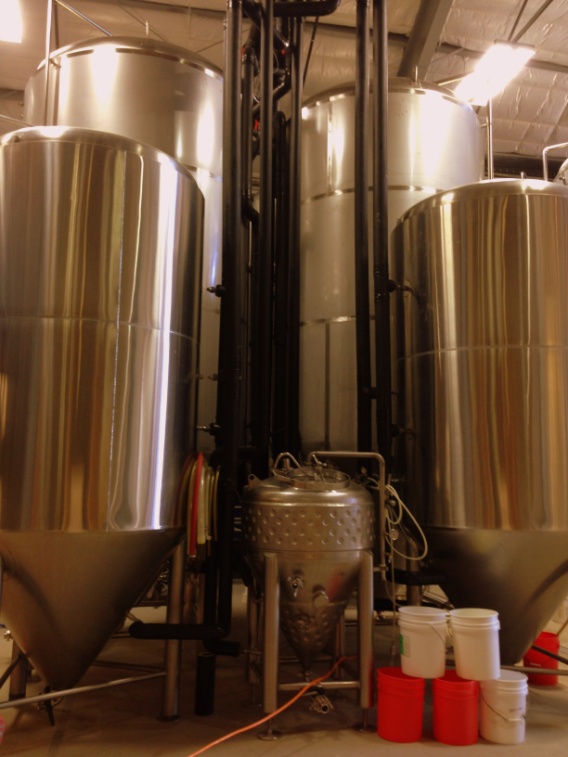
My parents and I chose a table at the pub, ordered some brats from the deli down the hall, and settled into a flight of Bristol’s five flagship beers – Laughing Lab Scottish Ale, Beehive Honey Wheat, Mass Transit Ale, Red Rocket Pale Ale and Compass India Pale Ale – along with the seasonal Christmas Ale. Laughing Lab, having won nine medals since the founding of the brewery in 1994, currently stands as the most decorated Colorado beer at the Great American Beer Festival. It boasts the slightly sweet, nutty, roasted flavors common to Scottish Ales, and feels smooth going down.


We all agreed that the Red Rocket Pale Ale and the Christmas Ale were the other standouts of the bunch. The pale ale starts and finishes with bitter hoppiness, but I enjoyed the grassy hop aroma and bready, earthy malt profile. The brew is quite light in the mouth, and almost watery in feel. As intended, the Christmas ale smells and tastes like Christmas. Bristol incorporates cinnamon, nutmeg, cardamom, cloves and molasses with 2-row, Crystal, Chocolate, and Black malts and Chinook hops into this beer. Its light body balances the diversity of ingredients to create a more drinkable brew than most holiday ales.

In addition to Bristol Brewing Company, Ivywild is home to Fennell’s architecture group, three of Joe Coleman and the Blue Star Group’s food-centered projects, and other like-minded ventures.

The Blue Star Group’s new ventures occupy the south wing of the school, focusing on local, handmade specialty offerings, including The Meat Locker, The Old School Bakery, and The Principal’s Office, a craft espresso/cocktail bar, which serves Bristol’s beers at night. At the Principal’s Office, a repurposed chalkboard forms the bar, and chains from playground swings support the wine racks hanging from the ceiling.


In between the brewery and the Blue Star Group, Hunt or Gather offers local fresh seasonal meats, cheeses, milk, produce, honeys, jams and other treats. Supported by the Pikes Peak Community Foundation, it seeks to rebuild the local food economy through educational programs and providing access to these goods to the surrounding community. Downstairs, where my mom once taught kindergarteners, The ModboCo school for the arts, founded by the Modbo art gallery in downtown Colorado Springs, will offer classes and workshops designed to “bring integrity, joy, and purpose to those who seek to learn about art.” Filling the last available space at Ivywild at the front of the former school, Bicycle Experience encourages cyclists to grab a snack and a brew while enthusiast co-owners Todd Hood and Bubba “Blaze” Hayes tune up their bikes.

The Fennell Group, the architecture firm behind Ivywild’s transformation, occupies a space just down the hall from the Blue Star Group ventures. Also known for its projects at Air Force Space Command and the Colorado Springs Fine Arts Center, the firm describes the new Ivywild as “a neighborhood multi-use infill development that is highly sustainable, promotes pedestrian activity, and revitalizes the identity of a neighborhood in decline.”
The architects envisioned attaining these goals through symbiosis, “the free exchange of byproducts among the various users in the proposed district that creates efficiencies for the benefit of everyone in the district.” For example, spent grains from the brewery will find a home at the bakery, which in turn will produce delicious breads and pretzels to be served at the brewery’s pub. Other brewing by-products, including grains and greywater, will contribute to irrigation and fertilization processes in the greenhouse at Ivywild and the community garden plots outside. Heat from the brewing process and the greenhouse will circulate to warm the building in winter months. This strategy of converting one venture’s waste into a neighbor’s resource is thought to reduce operating costs and energy demands, thus maximizing efficiencies for all at the Ivywild site.

At Ivywild, these businesses and their sustainable practices certainly live up to Bristol Brewing Company’s emphasis on quality, purity, and sanity in their lifestyle and their products. I’m pretty sure we can all use a little more of all three, so if you find yourself in the Colorado Springs area, make a point to take advantage of all that this feel-good destination has to offer.


